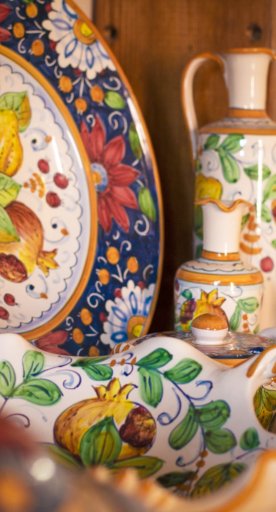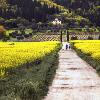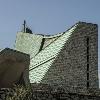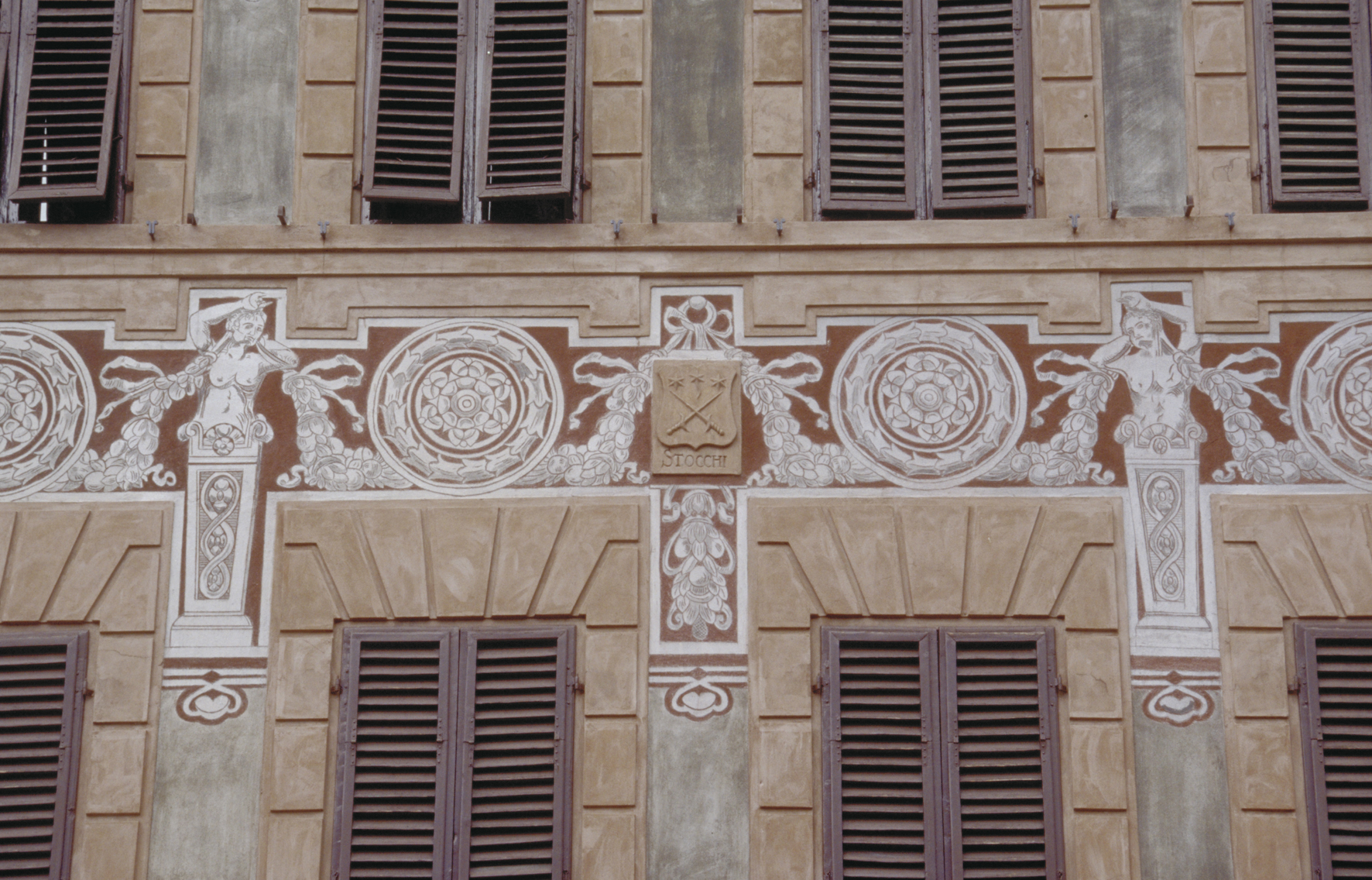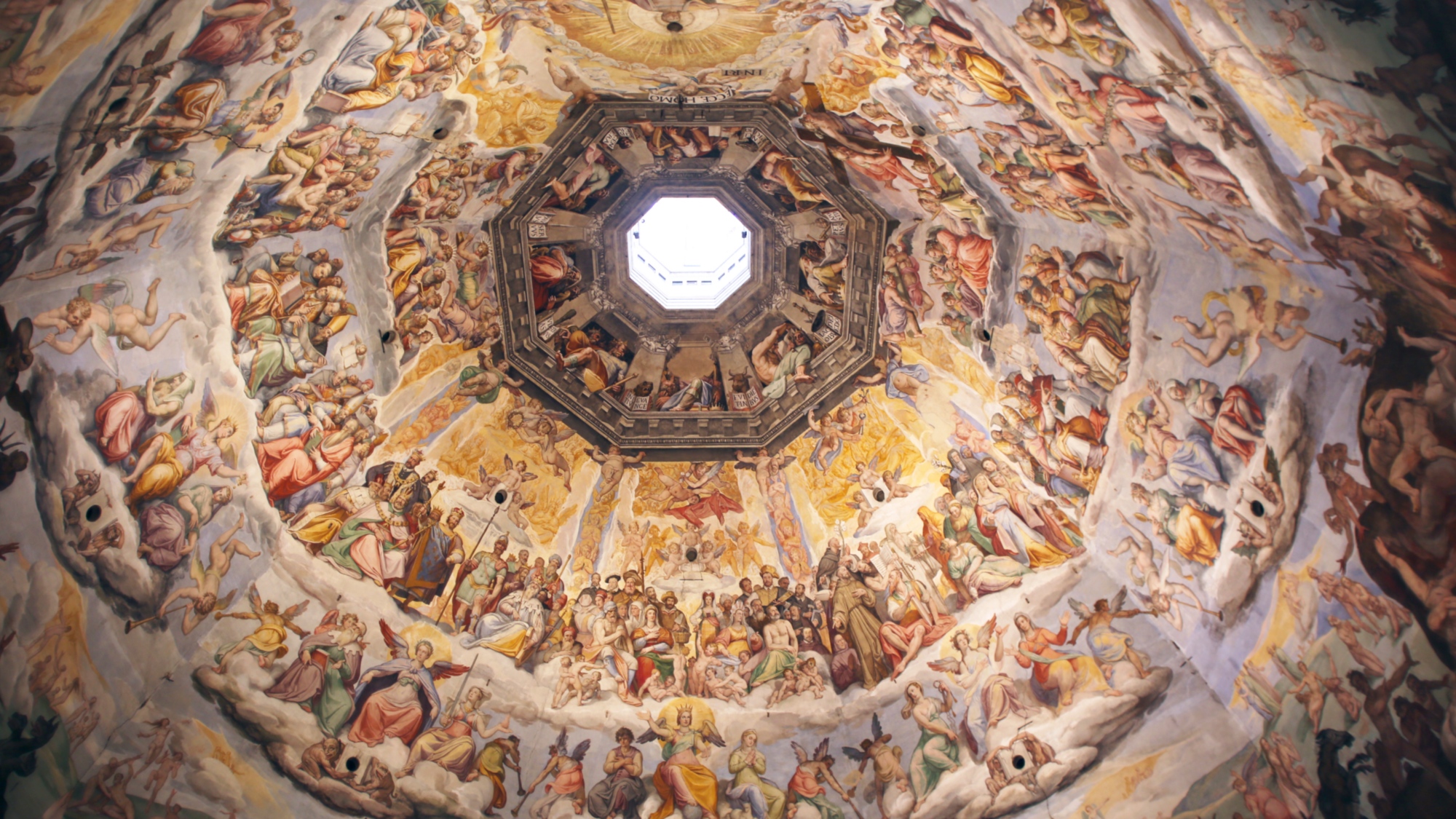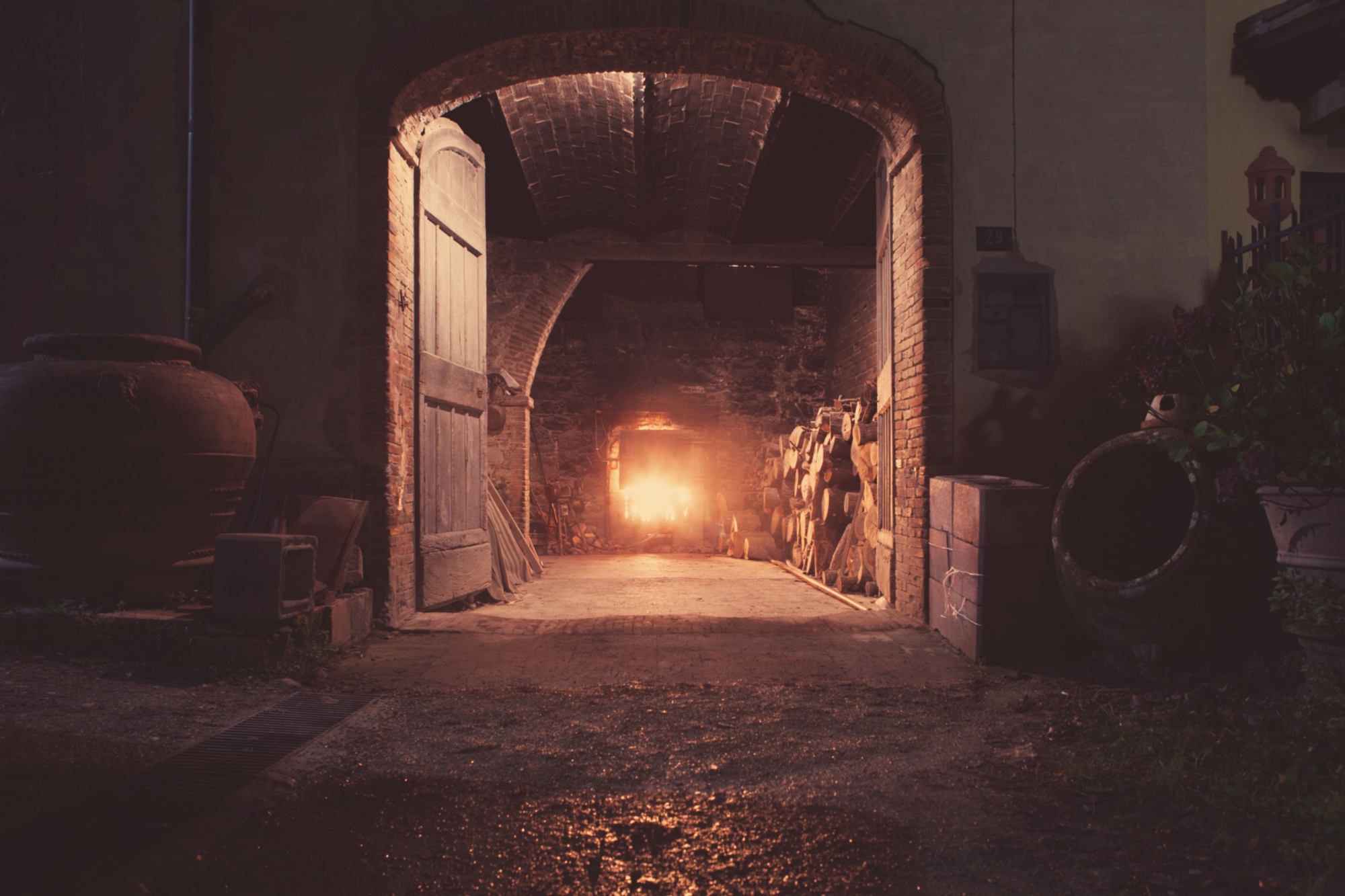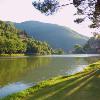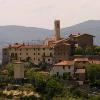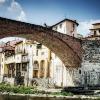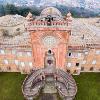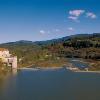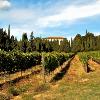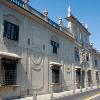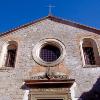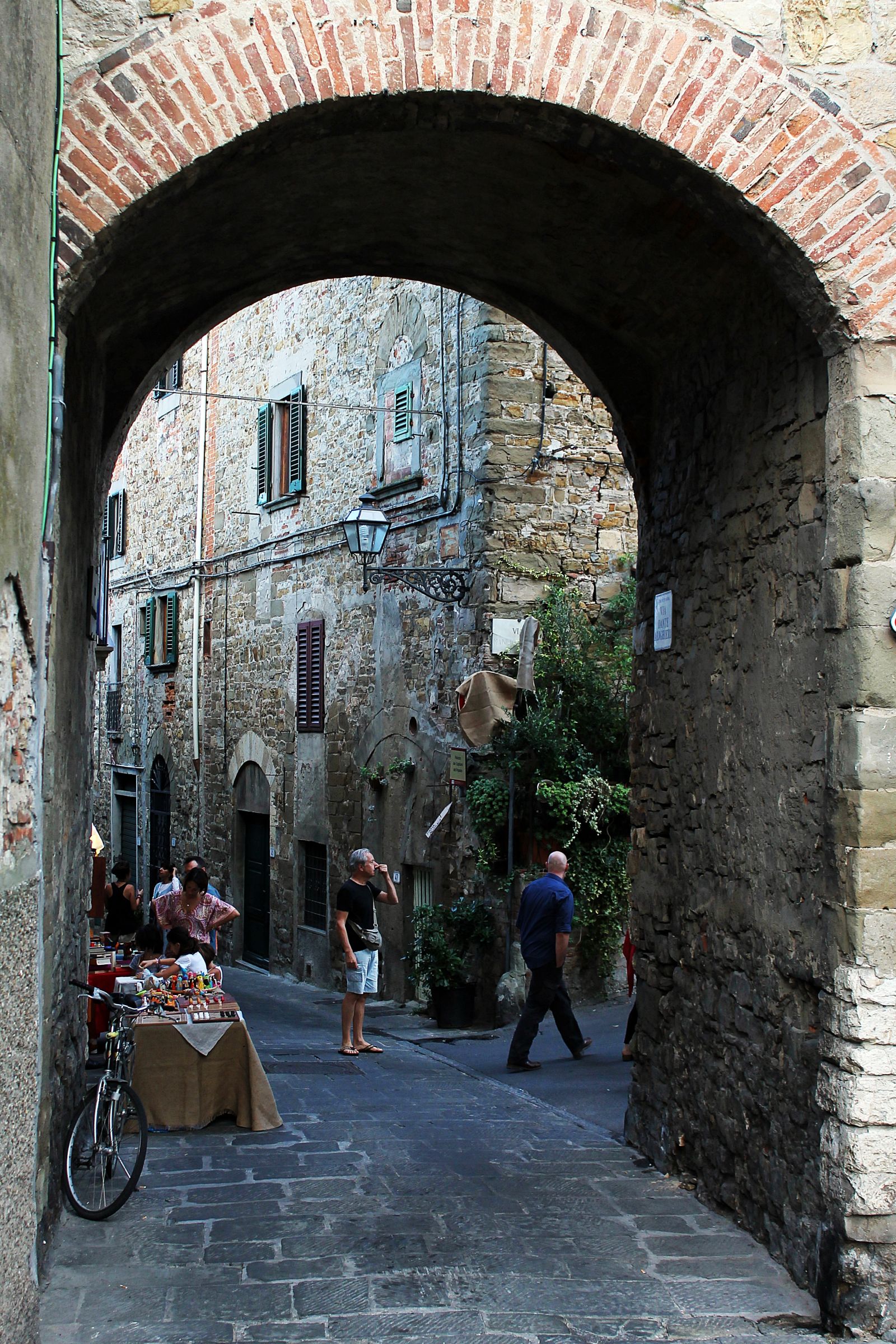If you want to know how Signa came to be known throughout the West, you must visit the Museum of Straw and Weaving: a collection of hats and a path dedicated to tools and machinery for processing. From the eighteenth century, thanks to the intuition of the entrepreneur Domenico Michelacci, known as Bolognino, the cultivation of Marzuolo wheat (a small ear with small grains), began to obtain straw to be woven for the production of hats. The art of weaving grew exponentially and the quality was so high that even the Grand Duke Cosimo I commissioned headdresses for several European sovereigns.
Signa, with its ancient history, is also full of art and culture, with historic buildings that reveal its past. Castello is undoubtedly worth seeing. Here you can find the main churches of the town such as the Church of San Giovanni, which houses the remains of the Blessed Giovanna that's highly venerated throughout the area and whose stories are illustrated in frescoes. You can also find the parish church of San Lorenzo, which houses frescoes by the Maestro di Signa and Pietro Nelli.
The upper core of the town of Signa, the Castle, constitutes the oldest part of the town and appears surrounded by the remains of 14th-century walls.









